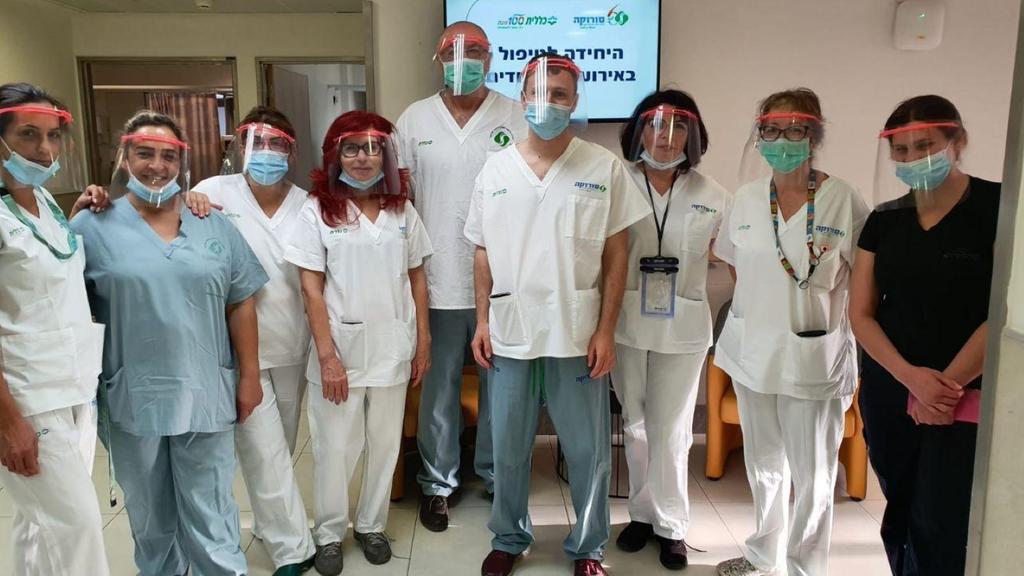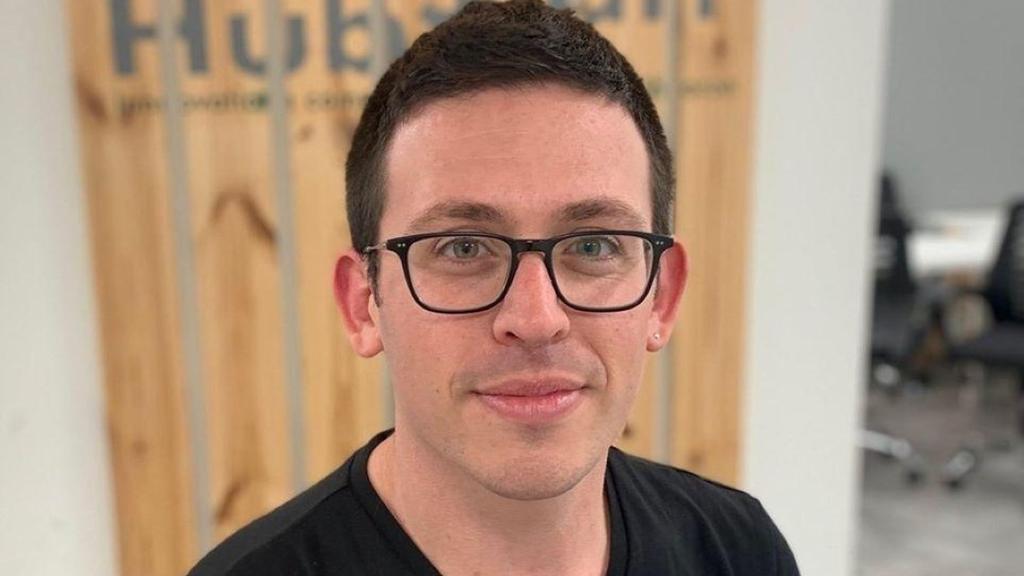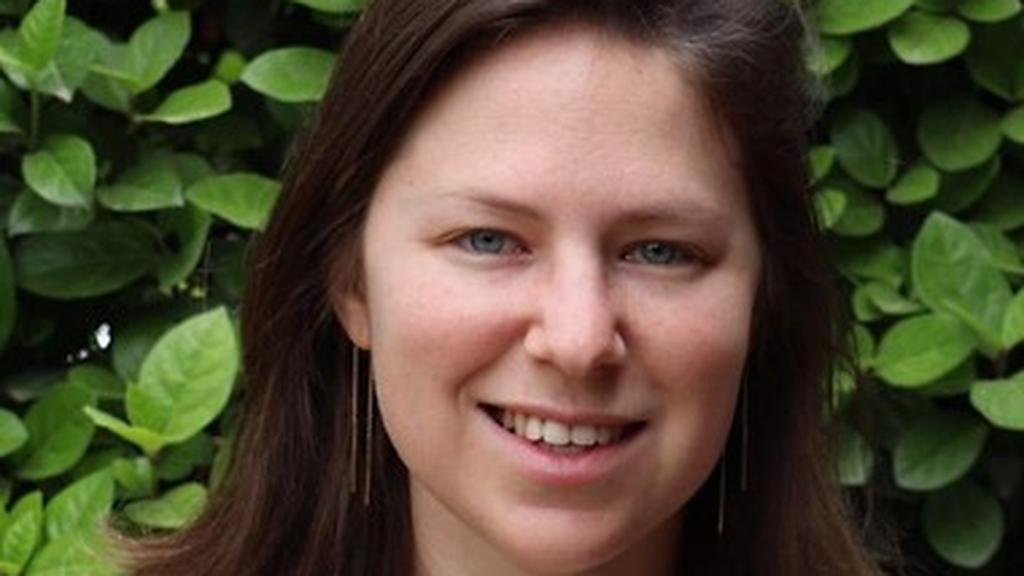Getting your Trinity Audio player ready...
As many seek a way to help those on the frontlines of the war against coronavirus, 31-year-old web developer Yehonatan Dor-On came up with something that proved invaluable to medical teams around the country.
Using his 3D-printer, Dor-On is printing protective visors - something in extremely short supply in Israel and around the world.
Dor-On had come across a Facebook post calling for entrepreneurs to help fight the spread of the disease and knew of an online community called COVID-19 Open Source, which provides "makers" (those who use 3D printers to create items based on a digital model) with a variety of medical models, including the masks.
3 View gallery


Medical staff at Soroka Hospital in Be'er Sheva team wearing the protective visors
(Photo: Courtesy)
"In countries where there is a high mortality rate and the healthcare system has already reached its peak, lots of ‘makers’ are starting to produce products that are in low supply, while sharing the models with everyone," says Dor-On.
In order to successfully and effectively provide aid, Dor-On teamedup with Tomer Glick, a researcher at Ben-Gurion University and another amateur "maker."
“I looked online and saw what people were creating and what was missing,” says Glick.
“Protective visors were something I knew I could print, so I obtained a few models and made a few adjustments so that even those with a sub-par 3D printer would be able to print them quickly.”
Glick says that he made further changes to his model after consulting with medical experts.
“We made improvements after talks with doctors and medical teams who gave us important feedback,“ he says.
Also on board for the project was Arbel Tamari, a fifth-year medical student.
“Even before I joined the project I saw doctors talking about the shortage in medical equipment, and so I tried to help by seeing what was most needed," she says.
In just one day, Arbel received more than 15,000 requests for equipment. “Today we have approximately 10,000 requests for protective equipment,” she says.
To help meet the demand, hundreds of volunteers who own 3D printers joined the project, and are now doing their part to aid in the fight against the epidemic by printing medical masks en mass.
The developers of the project also established a logistical army of volunteers who sent the protective equipment to every hospital in need around the country - from Eilat and Be'er Sheva to Tel Aviv and Petah Tikva.
"What's important about this project is that it has no bureaucratic delays," says Arbel. "The equipment goes straight to the departments. Other students and I help connect the makers with those in need. We have an amazing volunteer base who help us move the equipment to clinics and hospitals - it is all based on personal acquaintance."



